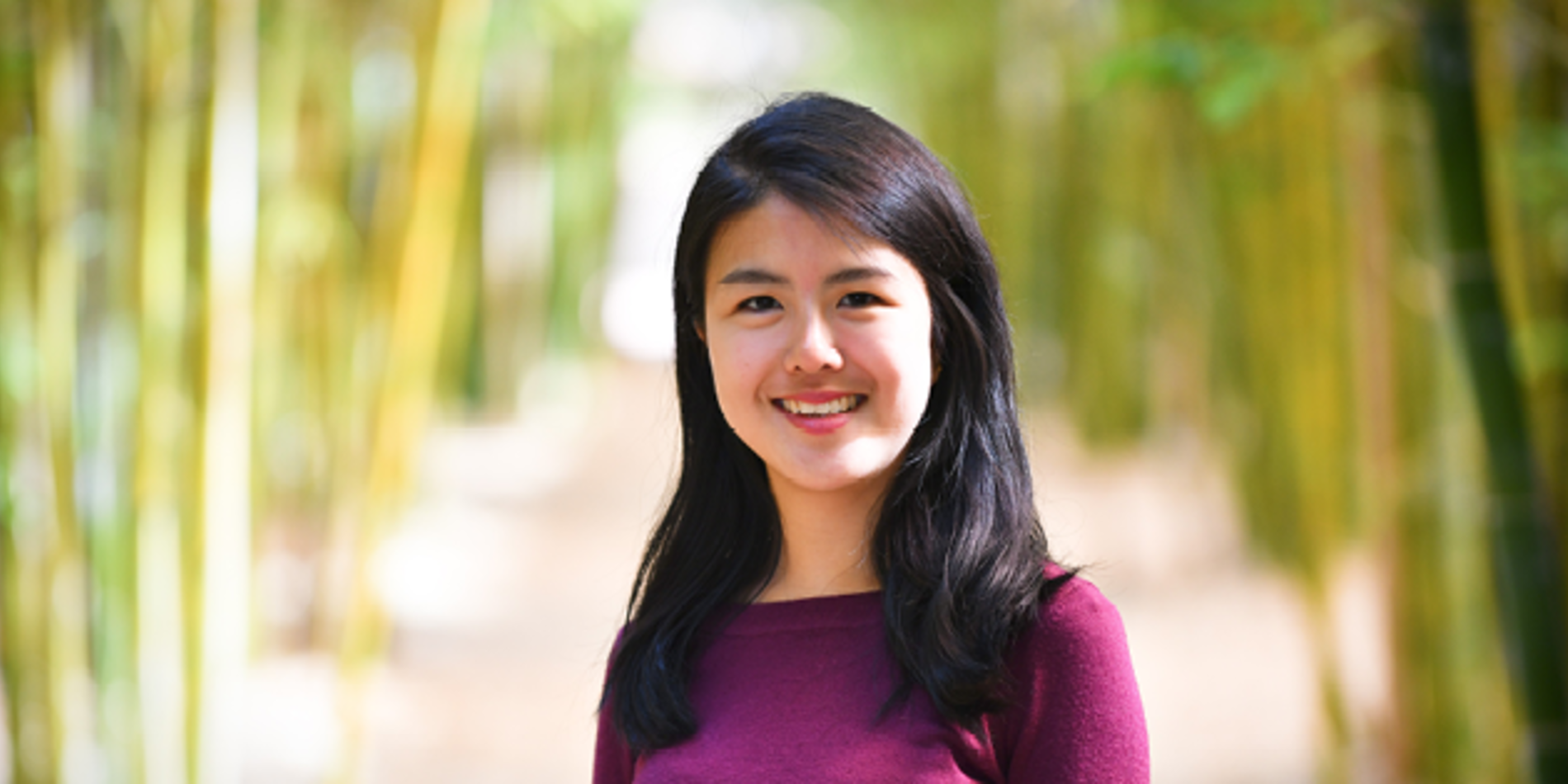Michelle Huang | Student Spotlight

Michelle Huang
PhD Candidate
Chemical Engineering
Heilshorn Lab
"I have always been drawn to the intersection of arts and STEM.
I fell in love with not only dance, but specifically the beauty of combining science with art. For example, when dancers bring their foot from passé to a more compact coupe position while turning, they gain spinning speed due to conservation of angular momentum. I grew fascinated with the idea that these graceful, physics-defying movements performed by a dancer’s body could be explained through science. And even more fascinating was the realization that how our human body develops and works is the biggest scientific puzzle of all.
I was drawn to Stanford Chemical Engineering because of the interdisciplinary nature of the research and the ability to continue working at the intersection of complementary fields. In particular, I was excited to be a part of Sarafan ChEM-H, which stands for Chemistry, Engineering, and Medicine for Human Health. As a trainee in ChEM-H, I am able to interface with a diverse cohort of students and faculty from different schools and departments that all share the same goal of advancing human health. Importantly, I learned how the power of diversity – of ethnicity, gender, background, and academic expertise – can enhance and push the boundaries of science.
At Stanford, I joined Prof. Sarah Heilshorn’s lab, where I work at the intersection of neurobiology and engineering to advance our understanding of human brain organogenesis. The human brain is incredibly complex, and it has been rather challenging to model its development and morphogenesis. However, neurodevelopmental disorders are pervasive, debilitating, and increasing in prevalence, so innovative advances in human neurodevelopmental models are required. A key aspect lacking from many model systems is the extracellular matrix, or ECM, which is the microenvironment surrounding our cells. The ECM provides many instructive cues to cells in development and disease, such as guiding the differentiation of stem cells to become neurons versus glial cells. To recapitulate features of the ECM, we can engineer biomaterials with different biochemical and biomechanical properties that mimic native tissue. We can also tune these properties to study how changes in ECM composition or viscoelasticity influence cell behavior. Ultimately, my goal is to leverage biomaterials and engineering approaches to create advanced models of the brain that will allow investigations into previously inaccessible developmental processes and disease mechanisms.
Outside of science, I love to dance, and I think that side of me brings in the creativity and artistry that helps me become a better scientist and science communicator. Similar to how contemporary dance incorporates influences from ballet and hip hop, the fusion of seemingly disparate scientific fields can yield profound insights and innovative solutions. Embracing this interdisciplinary approach, I am excited to embark on the path ahead, driven by the belief that the future of human health lies in the collaboration between diverse fields and the pursuit of knowledge at their crossroads."


